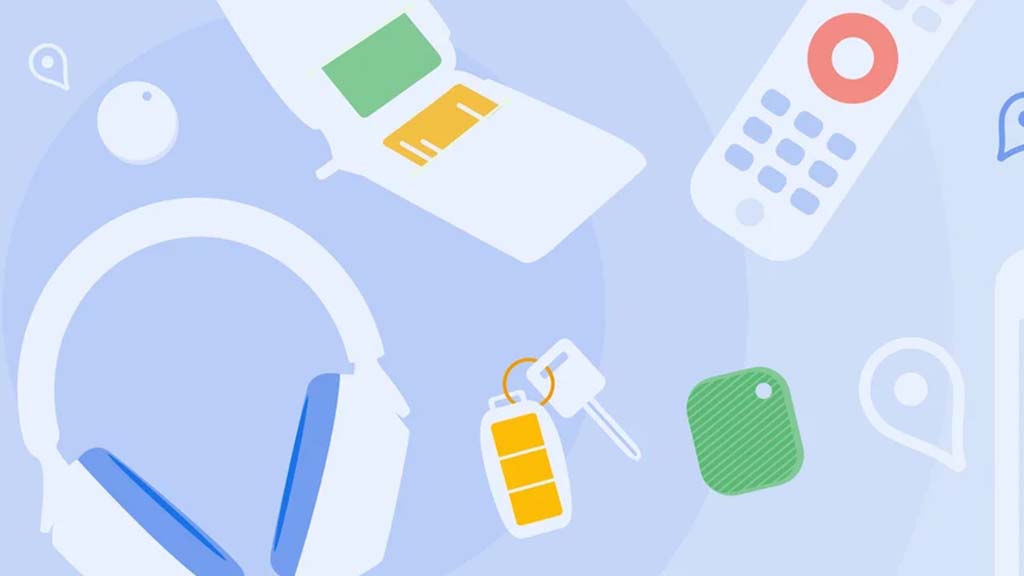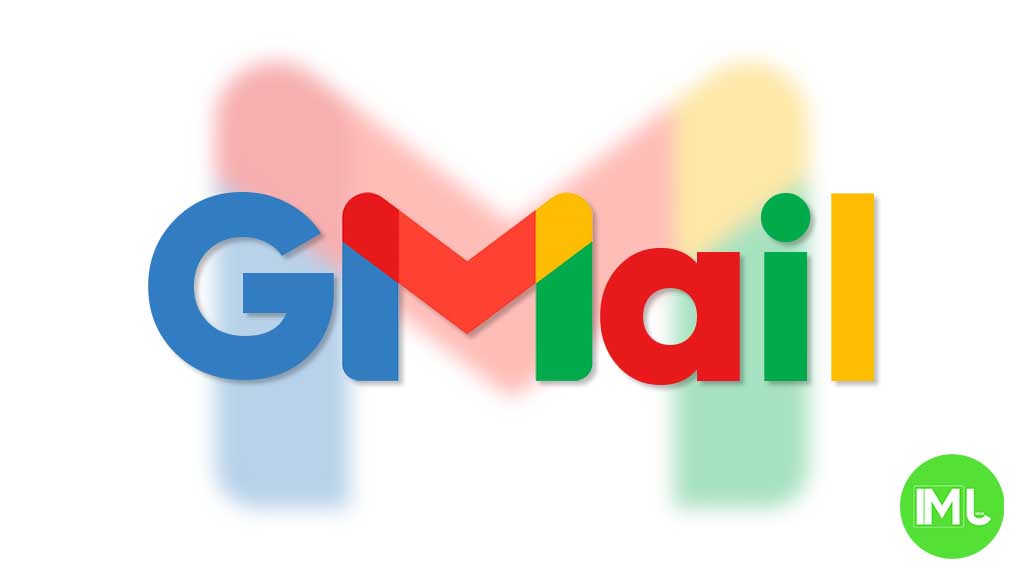Google’s new Gemini utilities extension and Quick Share introduction: Everything You Need to Know

Google is rolling out two exciting updates for Android devices, enhancing how you control your phone and making device sharing more user-friendly. The new Gemini Utilities Extension aims to simplify phone management through a range of commands, while Quick Share will now become part of the initial setup on new Android devices, giving it much-needed visibility.
Gemini Utilities Extension: Transforming Device Control
Initially previewed at Google I/O 2024, the Gemini Utilities Extension offers a new way for users to manage their devices and apps using voice and text commands. By integrating with the Gemini AI assistant, the extension replaces Google Assistant’s role for certain tasks, providing a smoother, more native experience. Although it’s gradually rolling out in English, the extension is packed with versatile features. Here’s what it can do:
Key Features
- Set and Manage Alarms & Timers: Gemini can set, snooze, and delete alarms, or start a timer for activities, useful from the lock screen. It also supports third-party clock apps but has extended functionalities with Google’s Clock app.
- Quick Controls for Settings and Apps: You can turn on/off settings like Do Not Disturb, Battery Saver, Bluetooth, or the flashlight with a simple command. Checking battery level or phone volume is just as easy, while actions like power off and restart can also be voice-activated.
- Media and Camera Control: Whether it’s taking a timed selfie, capturing screenshots, or pausing and replaying media, Gemini handles it all through simple commands. It even lets you like or skip songs without navigating manually.
- Browse Screenshots: With commands, you can search and view specific screenshots within the Pixel Screenshots app, ideal for quick access to saved visuals.
- Perform Multiple Actions in One Prompt: Gemini can combine actions in a single command for faster multitasking, like “Turn media volume to 50%, reduce brightness to 30%, and turn on battery saver.”
Real-Life Scenarios
For instance, if you want to set a timer to focus on work and have Gemini play a song in the background, you can prompt it with “Set a 30-minute timer and play my work playlist.” This seamless interaction across commands demonstrates how Gemini simplifies everyday routines on Android.
Quick Share: A Better Way to Share Files on Android
Quick Share, also known as Nearby Share, has made it easy for users to wirelessly transfer files across devices like Android phones, ChromeOS tablets, and even Windows PCs. Google is now mandating that Android devices introduce Quick Share during the initial setup, following Pixel’s example.
Key Features
- Ease of Use: Quick Share allows sharing of photos, videos, files, and URLs to other nearby Android devices and compatible systems. It uses proximity-based detection, making file transfer straightforward without relying on email or apps.
- Privacy Options: When users are introduced to Quick Share during setup, they can adjust privacy settings, choosing visibility preferences for who can see their device nearby.
- Broader Accessibility: Quick Share now appears as a default setting on devices running Android 15 or higher, with OEMs incorporating a setup screen to guide users through the feature.
Aiming for Wider Adoption
This requirement for OEMs, or manufacturers of Android devices, reflects Google’s goal to make Quick Share as familiar and user-friendly as AirDrop on Apple devices. With new Android 15 devices featuring a Quick Share introduction page, awareness and usage of the feature are likely to grow.
What This Means for Android Users
Google’s rollouts with the Gemini Utilities Extension and Quick Share onboarding highlight a push toward integrated, user-friendly functionality across Android devices. Gemini’s versatile command control offers convenience that replaces manual phone actions, while Quick Share’s setup screen on Android 15 will ensure that new users don’t miss out on easy, secure file sharing.
These updates signal Google’s commitment to making Android a more cohesive, AI-driven ecosystem—one that anticipates your needs and enables smoother device interactions, whether for routine tasks or real-time sharing.
Android
Android’s Find My Device speeds up with UWB coming soon

Google’s Find My Device network for Android has gotten a big boost, making it much quicker to locate misplaced items. Recent checks show it’s now four times faster than it used to be, keeping up with Apple’s AirTags in crowded spots like malls or events. For instance, at CES 2025, a tracker tucked in a bag updated its location just as fast as an AirTag nearby. This speed-up is thanks to more Android users turning on tracking for all locations, not only busy areas, which helps the system spot items more reliably.
In less crowded places, the network can still have trouble since fewer Android phones are nearby to share location signals. But Google’s working on this by nudging users through app alerts to enable tracking in quieter spots. Plus, recent updates to tracker software and apps have made connections more stable and accurate.
Looking ahead, Google’s gearing up to roll out ultra-wideband (UWB) technology. This will let you find items with pinpoint accuracy, even within a room, using cool augmented reality (AR) visuals, much like Apple’s setup. The Moto Tag, a tracker ready for UWB, is already available, just waiting for Google to activate this feature. Not all Android phones support UWB yet, but future models like the Pixel 10 might include it. These changes prove Google’s determined to make its Find My Device network a top choice for tracking lost stuff.
Gmail and Google Photos get new design and useful updates

Google is giving Gmail and Google Photos some fresh updates to make things easier and more user-friendly.
First, Gmail on the web is now getting a new layout option. You can choose between “Cozy,” “Comfortable,” or “Compact” views based on how much space you want between your emails. Google is also adding a setting to control whether your inbox and labels stay on screen or only show up when needed. These changes make it easier to personalize how Gmail looks and feels.
Meanwhile, Gmail for iPhone is getting a visual upgrade. The app now uses Google’s updated design style called “Material 3.” You’ll notice a cleaner look with a rounded search bar at the top, smoother icons, and better spacing. Although the bottom bar and buttons look mostly the same, the overall design feels more modern and easier on the eyes.
Lastly, Google Photos is bringing back a helpful feature. The classic search shortcut that appears in the bottom bar is returning, making it quicker to find your photos. Before this, the shortcut had been removed when Google added the new “Memories” tab. Now, both features work together, letting you browse memories and search with ease.
These updates aim to make Google’s apps feel more useful, clean, and easier to use on both desktop and mobile.
Android
Android 16 boosts USB data safety and fixes delayed notifications on Pixel phones

Google’s upcoming Android 16 update is bringing better security and some helpful improvements, especially for Pixel phone users. One of the main features in Android 16 is a new way to protect your phone’s data when it’s connected to a computer through USB. Right now, when you plug your phone into a PC or laptop, it can access all your data as long as you approve it.
With Android 16, Google is adding an extra security layer that only allows limited access unless you enter your PIN, password, or use your fingerprint. This will help protect your files if someone tries to access your phone without permission.
At the same time, Google is also working on a fix for a frustrating issue that some Pixel users have been facing for months — delayed notifications. After the April 2024 update, many users noticed that app alerts were not showing up on time, especially from messaging apps. Google has confirmed the problem and says a fix will be included in a future update, though it’s not in the current April patch yet.
Together, these changes show that Google is focusing on both stronger privacy and a smoother experience for Android and Pixel users. Android 16 is expected to roll out later this year, starting with developer previews.
-

 Apps1 year ago
Apps1 year agoGboard Proofread feature will support selected text
-

 News1 year ago
News1 year agoSamsung USA crafting One UI 6.1.1
-

 News1 year ago
News1 year agoBreaking: Samsung Galaxy S22 may get Galaxy AI features
-

 News1 year ago
News1 year agoSamsung Galaxy S23 Ultra with One UI 6.1 and all S24 AI features revealed
-

 News1 year ago
News1 year agoOne UI 6.1 Auracast (Bluetooth LE Audio) feature coming to many Samsung phones
-

 News1 year ago
News1 year agoSatellite SOS feature coming to Google Pixel phones, evidence leaked
-

 Apps11 months ago
Apps11 months agoGoogle’s fancy new Weather app is finally available for more Android phones
-

 News1 year ago
News1 year agoGoogle Pixel evolves as Europe’s third best selling flagship










